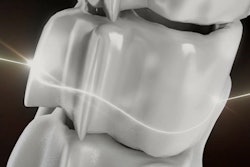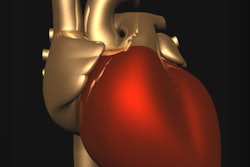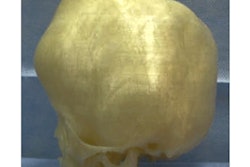Researchers from Chile have found a high correlation among measurements taken from 3D-printed spine models, the CT scans on which they're based, and the actual anatomy, according to an article published online July 17 in Academic Radiology.
A major upside to integrating 3D printing into medicine is having the option to individually tailor 3D-printed models for patients, yet questions remain as to the extent to which these models precisely represent the patient's original anatomy, noted lead author Dr. Marcelo Galvez and colleagues from Clinica las Condes in Santiago.
To test the accuracy of 3D printing technology, the investigators created 3D-printed models based on 10 CT scans of the porcine spine. Then they used an electronic caliper to measure the size of individual vertebrae on the original spine, CT scans, and 3D-printed models.
After comparing the measurements, Galvez and colleagues found a high correlation (roughly 0.96) among the vertebral measurements obtained from the three different sources, with no statistically significant differences among them. The average error between the 3D-printed models and the CT scans was 0.6 mm and rose slightly to 0.73 mm for the actual spine.
"Thus, 3D-printed models accurately reflect in vivo bones and provide accurate 3D impressions to assist in surgical planning," they concluded.



















